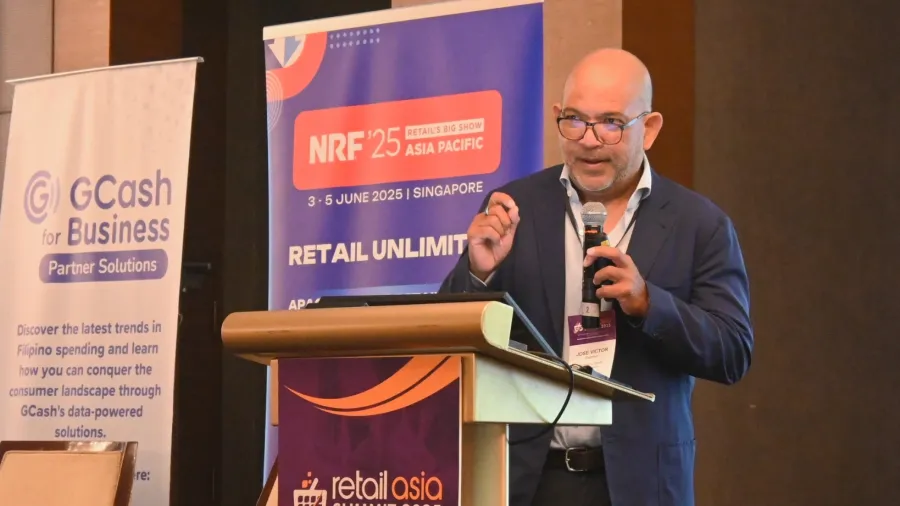
7-Eleven turns Philippine stores into financial hubs
It is pushing credit access by acting as a front end for traditional banks.
Philippine Seven Corp. is positioning its 7-Eleven convenience stores across the country as financial service hubs that facilitate cash transactions, digital payments, and credit approvals.
“What exactly can’t we do that a bank branch can do?” Jose Victor Paterno, president and CEO at Philippine Seven Corp., told the Retail Asia Summit 2025 in Manila in March. “We can’t do high-net-worth relationship management, but storing money, receiving deposits, cashing checks — we can do all that.”
The company seeks to address the financial accessibility gap, particularly for Filipinos who can’t access traditional banking services, the chief executive said.
With only six million Filipinos owning a credit card, Paterno said 7-Eleven pushes credit access by acting as a front end for banks, earning fees for loan approvals rather than becoming a lender itself.
7-Eleven’s payment volume is five times its retail sales, averaging ₱20b a month. However, the heavy reliance on cash created logistical challenges, particularly during the early days of the COVID-19 pandemic when bank closures disrupted payment services.
To fix this, the company introduced recycling ATMs that both accept and dispense cash, reducing reliance on armoured car pickups.
“The nice thing about payments is the traffic it drives, but we have even more traffic from the ATMs than we do from payments,” Paterno said.
The company is using its 35-million user database to help digital lenders pre-approve customers based on transaction history. “Our data is unique not just because of its size — we have permission to contact and permission to use. That’s what makes it unique.”
Philippine Seven is also exploring credit scoring models based on alternative data sources, such as ATM withdrawal patterns. Customers who use their ATMs can build their credit scores based on their financial habits, creating a more inclusive financial ecosystem.
A key advantage is face-to-face KYC (Know Your Customer) checks.
Whilst online-only lenders have reported a bad loan ratio of as much as 50%, those that use in-person verification saw that drop to 10%, Paterno said. “We think face-to-face KYC via our stores will be even more powerful.”
With 87 million Filipinos with national IDs, 7-Eleven expects financial inclusion to accelerate. “The hard part was done two years ago. Printing is the most trivial thing,” he pointed out.
7-Eleven is piloting its credit facilitation model with select digital vendors, and plans to scale it up. “We’re telling the digital world, you can look forward to this, but you have to get to 5,000 loans per day at least, and we're thinking maybe we'll direct it to a few stores in the beginning,” Paterno said.
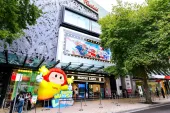

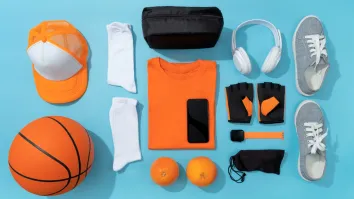
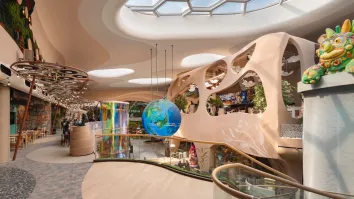






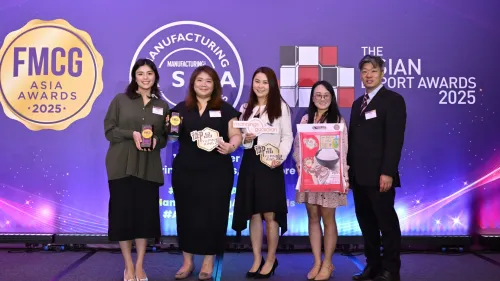
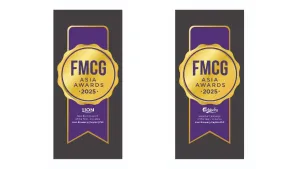

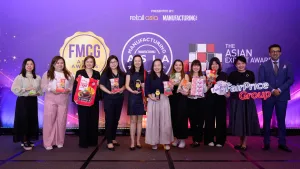





 Advertise
Advertise







